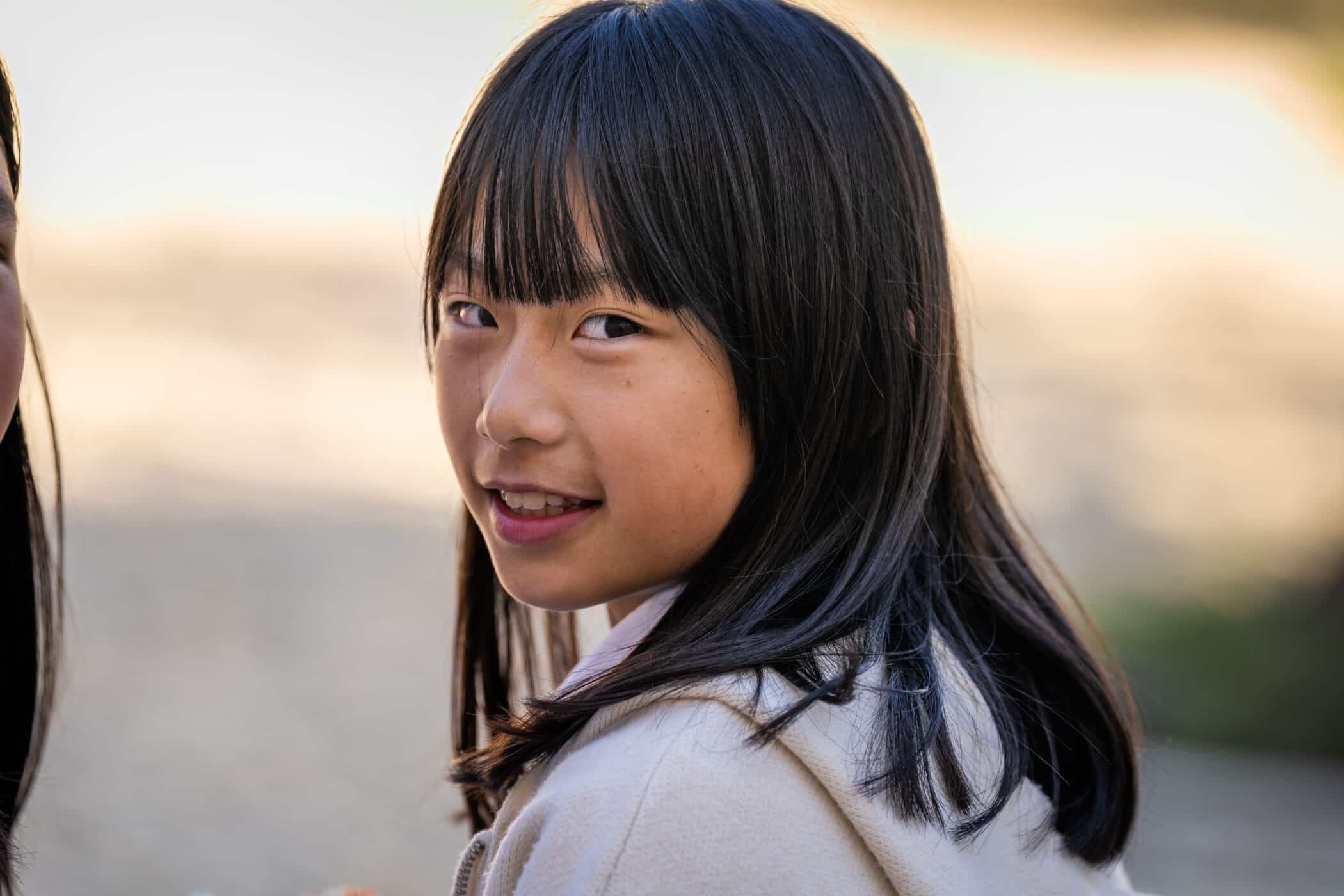Follow us on Social Media
Our active social accounts keep you connected to the energy and excitement of our community.
Follow us on Social Media
Our active social accounts keep you connected to the energy and excitement of our community.

Our active social accounts keep you connected to the energy and excitement of our community.
Our active social accounts keep you connected to the energy and excitement of our community.